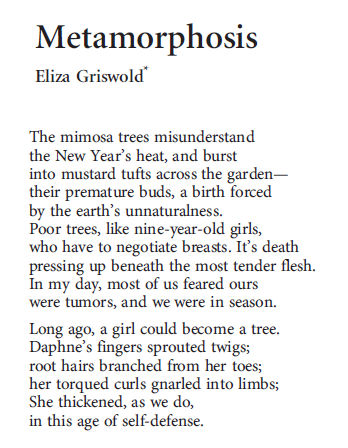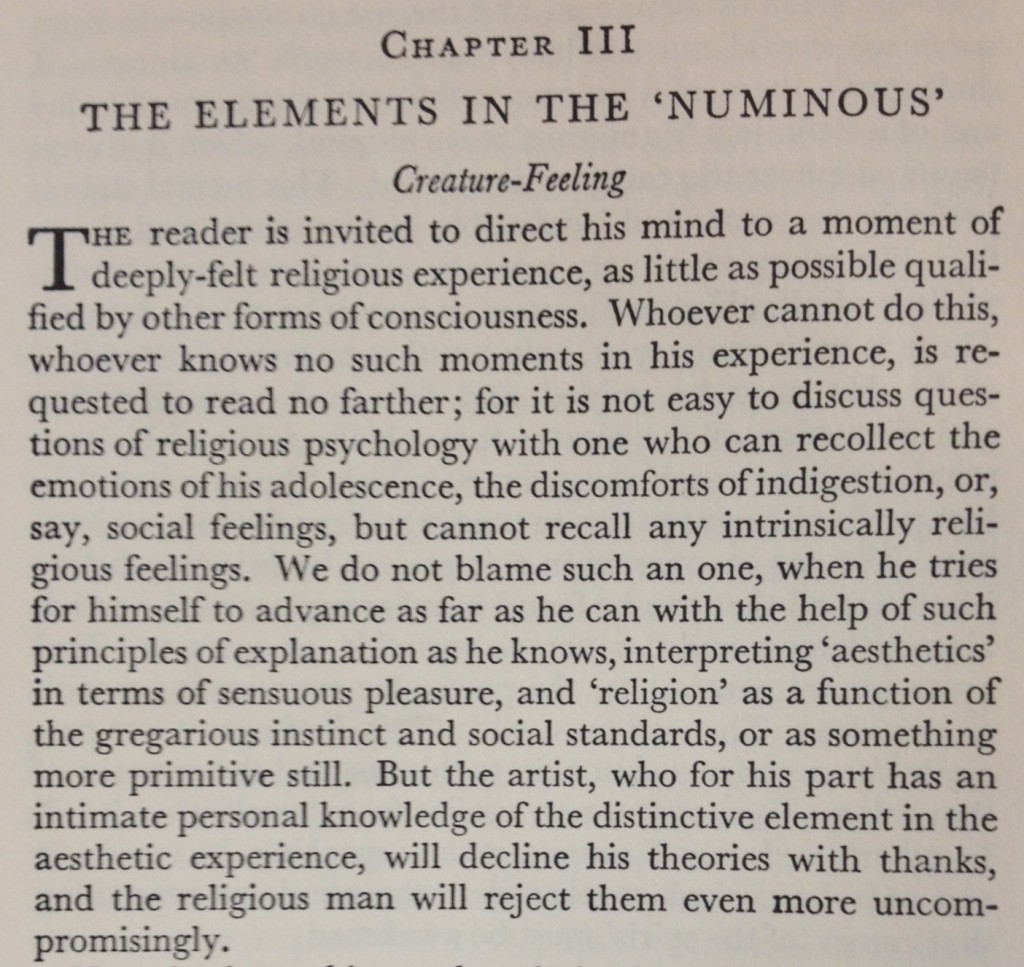In the second of its four issues in 2011, the widest circulating journal in the academic study of religion–the Journal of the American Academy of Religion (JAAR)–began opening each issue with a poem.
 Then, in the following year, the journal switched from poetry to beginning each issue with art instead, accompanied by a statement by the artist, such as Amalia Masa-Bains‘s work that opens the March 2012 issue:
Then, in the following year, the journal switched from poetry to beginning each issue with art instead, accompanied by a statement by the artist, such as Amalia Masa-Bains‘s work that opens the March 2012 issue:
 To the casual reader, I think it is unclear why the poems and now the art appear where they do. They are not connected to any of the scholarly articles but, instead, stand as a foreword or epigraph to the issue. They make a statement, of course (for why else are they here?), but one that is unclear. Because the periodical is devoted to publishing peer reviewed scholarly research on religion, it’s not evident why a prefatory message is even needed–editorials rarely appear in journals, except when announcing some change or retraction/correction, or, perhaps, when preparing readers for a issue-wide topic (such as a special issue or commissioned set of papers). But artwork? Poetry?
To the casual reader, I think it is unclear why the poems and now the art appear where they do. They are not connected to any of the scholarly articles but, instead, stand as a foreword or epigraph to the issue. They make a statement, of course (for why else are they here?), but one that is unclear. Because the periodical is devoted to publishing peer reviewed scholarly research on religion, it’s not evident why a prefatory message is even needed–editorials rarely appear in journals, except when announcing some change or retraction/correction, or, perhaps, when preparing readers for a issue-wide topic (such as a special issue or commissioned set of papers). But artwork? Poetry?
There’s a long history, of course, of theological and humanistic scholars of religion asserting that there’s some shared identity between so-called religious experience and what they often call aesthetic experience–the definitive statement of which was made by the German Protestant theologian Rudolf Otto early in his 1923 book, The Idea of the Holy:
 Could the presumption that art and religion both provide some sort of privileged access to an extramundane, aesthetic experience be why JAAR opens with poetry and art? I’m not sure. But one thing I do know is that scholarly journals in geography or radiological oncology–two no less technical and thus as specialized fields as the academic study of religion–don’t open their issues hoping to engage readers by having an aesthetic tone set for the issue. Instead, these journals are technical places where specialized research is disseminated to a relatively small group of specialized readers.
Could the presumption that art and religion both provide some sort of privileged access to an extramundane, aesthetic experience be why JAAR opens with poetry and art? I’m not sure. But one thing I do know is that scholarly journals in geography or radiological oncology–two no less technical and thus as specialized fields as the academic study of religion–don’t open their issues hoping to engage readers by having an aesthetic tone set for the issue. Instead, these journals are technical places where specialized research is disseminated to a relatively small group of specialized readers.
Driving back to Tuscaloosa, from the airport, after attending the annual meeting of the American Academy of Religion a couple of weeks ago, a few of us were talking in the car about this very issue, all of us puzzled by why a journal in Religious Studies was doing this. My colleague, Merinda Simmons, summed it all up when she simply said: “And that’s why no one takes the Humanities seriously.”
Indeed.
